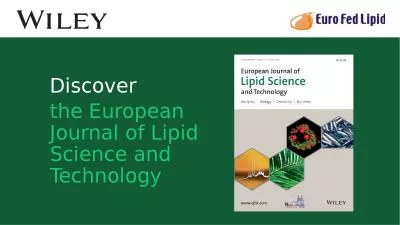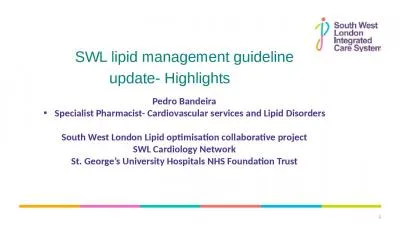PPT-Cyanidin-3-O-glucoside ameliorates lipid and glucose accumu
Author : tatiana-dople | Published Date : 2016-11-19
α and AMPK Food Biomedical Science Lab Yaoyao Jia Sep 23 th 2014 3 rd International Conference and Exhibition on Nutrition amp Food Sciences September 2325
Presentation Embed Code
Download Presentation
Download Presentation The PPT/PDF document "Cyanidin-3-O-glucoside ameliorates lipid..." is the property of its rightful owner. Permission is granted to download and print the materials on this website for personal, non-commercial use only, and to display it on your personal computer provided you do not modify the materials and that you retain all copyright notices contained in the materials. By downloading content from our website, you accept the terms of this agreement.
Cyanidin-3-O-glucoside ameliorates lipid and glucose accumu: Transcript
Download Rules Of Document
"Cyanidin-3-O-glucoside ameliorates lipid and glucose accumu"The content belongs to its owner. You may download and print it for personal use, without modification, and keep all copyright notices. By downloading, you agree to these terms.
Related Documents

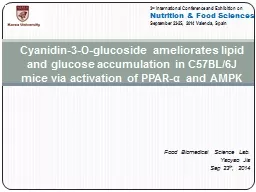
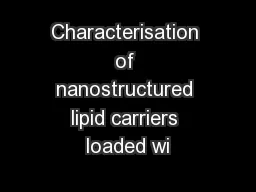
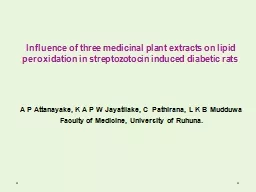
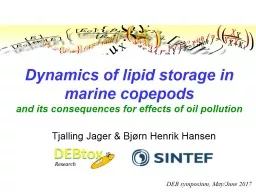
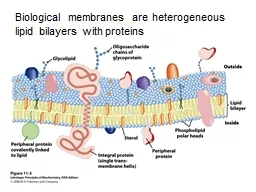
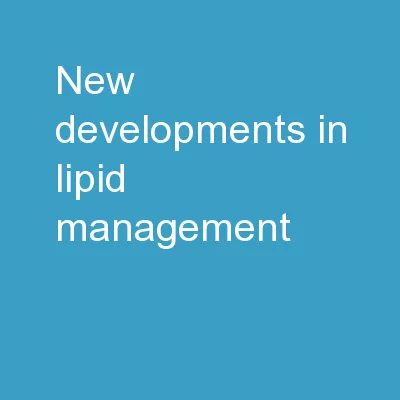
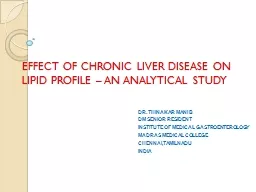
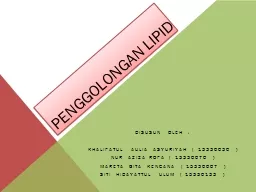
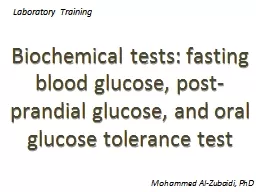
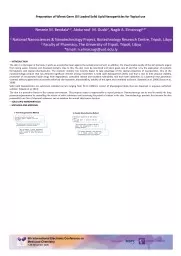
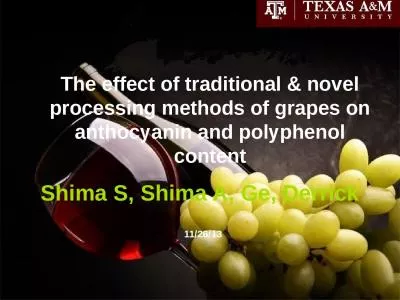
![CARBOHYDRATES 2_[B(1_4) lactose] Glucose +Glucose] 3_[@(1_2)Sucrose ] [Glucose Fructose]](https://thumbs.docslides.com/1044895/carbohydrates-2-b-1-4-lactose-glucose-glucose-3-1-2-sucrose-glucose-fructose-disacch.jpg)
